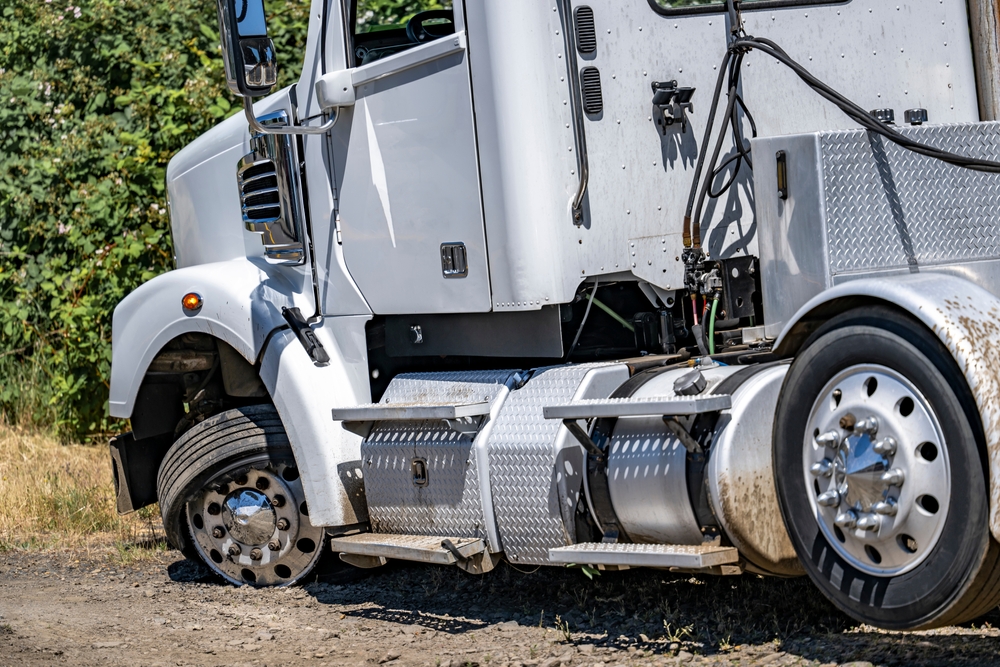
The Federal Motor Carrier Safety Administration (FMCSA) has advanced autonomous technology for commercial vehicles since 2019, asking for public comments in a supplemental rulemaking document. Now, they are seeking additional input on higher levels of autonomous operation. FMCSA notes that many ADS-equipped CMVs are being tested and integrated into existing motor carrier fleets, seeking an appropriate regulatory framework to mitigate potential safety risks.
Knight-Swift will use Embark truck as part of their Truck Transfer Program. The Department of Transportation previously adopted SAE International’s definitions for the levels of driving automation (0-5, ranging from driver support features to full automation). FMCSA said it could leave the FMCSRs for levels 0-3, as a licensed human CMV driver must be present to take over dynamic driving tasks if required. The focus of this notice is Level 4 and 5 ADS-equipped CMVs, as only at those levels can an ADS control all aspects of the dynamic driving task without expecting intervention from a human driver.
FMCSA is asking questions about automation and human intervention expectations.
FMCSA is considering requiring motor carriers to notify it of plans to operate Level 4 or 5 ADS-equipped CMVs in interstate commerce without a human driver. Potential questions include: should carriers notify FMCSA beforehand and submit evidence of safety management controls? Further, what data should FMCSA collect and maintain, and what is the current/anticipated size of the Level 4 or 5 ADS-equipped CMV population? On average, how many days are Level 4 or 5 ADS-equipped CMVs expected to be operational per year?
Oversight for Remote Assistants: At Level 5 driving automation, ADS technology is expected to be capable of performing all driving functions. At Level 4, ADS technology is limited to certain operational design domains (ODDs). When a Level 4 CMV reaches the limit of its ODD, a human driver, either seated behind the wheel or located remotely, may take control.
FMCSA’s position is that the FMCSRs applicable to drivers seated behind the wheel should also apply to remote drivers. For motor carriers’ operational models that include a remote assistant who would monitor the Level 4 or 5 ADS-equipped CMV and engage with the vehicle via telematics, FMCSA is asking:
- To what extent should the federal requirements applicable to CMV drivers apply to remote assistants?
- What aspects of the remote assistant job function may require FMCSA oversight, such as training and physical qualifications?
- Are there qualification requirements that FMCSA should consider for remote assistants?
- Are there any specific limitations that FMCSA should impose on the working conditions of remote assistants?
FMCSA explained that motor carriers operating Level 4 or 5 ADS-equipped CMVs must comply with existing vehicle inspection and maintenance regulations unless revised. Motor carriers must ensure the ADS equipment is functioning. FMCSA is considering additional inspection requirements to account for extended operation without human observation and is asking for comment to inform rulemaking. CVSA recently released a new program, and FMCSA is asking for comments.
- Should Level 4 or 5 ADS-equipped CMVs be subject to additional pre-trip inspections, including new inspection equipment?
- What methods, tasks, documents, personnel, and frequency should be used?
- What would it cost motor carriers? What approaches exist or could be developed to conduct roadside inspections without human-driver interaction?
- What information should be communicated for Level 4 or 5 ADS-equipped CMVs?
- What communication systems and data exist for inspectors to receive information en route?
- Under what safety situations should state inspectors and FMCSA receive an immediate notification of an unsafe maintenance or operational issue?











Leave a Comment